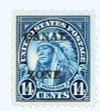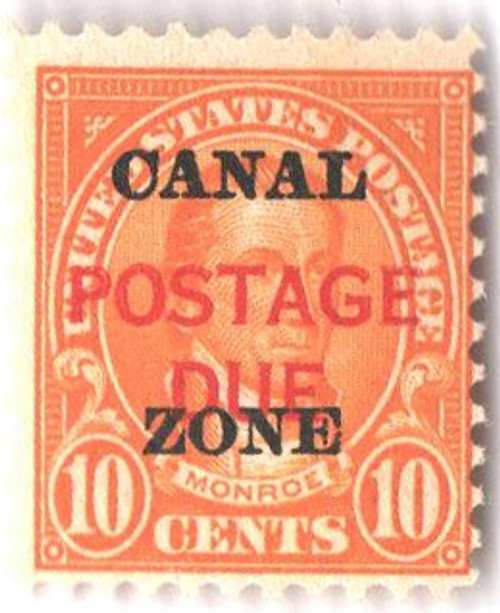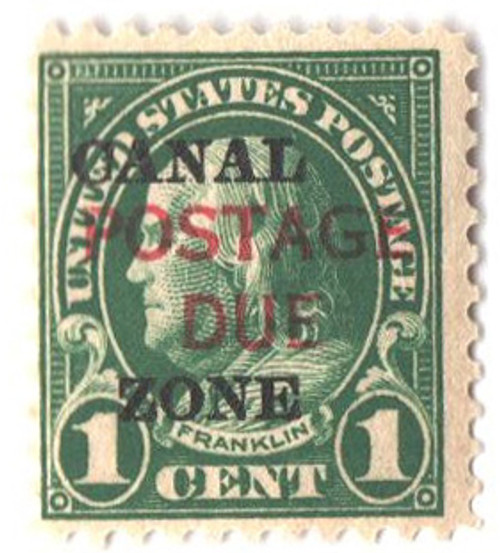
# CZ77 - 1925 14c Canal Zone - American Indian, Type A Overprint, Dark Blue
CZ77 – 1925 14¢ American Indian Overprint
Like many early Canal Zone issues, this stamp was created by overprinting an existing stamp – the 1925 14¢ deep blue American Indian stamp, U.S. #565.
Canal Zone Stamps Chronicle America’s Rise as a World Power
If you’ve never collected Canal Zone stamps before, now’s the time to start. These intriguing stamps are historic links to our nation’s past. With Mystic as your collecting partner, it’s easy to own stamps documenting this remarkable American engineering feat!
With military assistance from the United States, Panama declared its independence from Columbia on November 3, 1903. The Hay-Bunau-Varilla Treaty was negotiated, than ratified in Panama on December 2, 1903. The United States followed suit on February 23, 1904, clearing the way for a long-anticipated canal project across the Panama isthmus.
Almost immediately, administrators began preparations for the tremendous influx of people who would eventually assemble to work on the project. Faced with the knowledge that most of the work force would be imported to the region from America and Caribbean countries, authorities quickly established a postal service to serve their needs as well as those of the Canal Commission.
On June 24, 1904, postal service was established as part of the U.S. Department of Revenue under the supervision of the Treasurer of the Canal Zone, Paymaster E.C. Tobey. On this day, post offices were opened in Ancon, Cristóbal, Gatun, Culebra, and Balboa. Railroad station agents operated as postmasters.
A small supply of 2¢, 5¢, and 10¢ Panama stamps were overprinted “Canal Zone.â€Â Only ordinary mail was handled by the Canal Zone postal system. Mail destined for Central and South America and the West Indies was turned over to the Panama postal service to be forwarded, while mail sent to the United States and its territories and possessions were sent to the U.S. aboard vessels departing for New York.Â
Overprinted Panama stamps were in use for less than a month. On July 18, 1904, they were replaced by U.S. postage stamps overprinted “Canal Zone.â€
In December of 1904, Secretary of War William Taft ordered the overprinted U.S. stamps to be withdrawn, and replaced them with overprinted Panama stamps. Taft’s executive order was reversed in 1924, when overprinted U.S. stamps were placed in use again.
On October 1, 1928, the first permanent issue Canal Zone stamp was issued. The 2¢ stamp featured Lt. Col. George W. Goethal, the Canal project’s chief engineer and first Canal Zone governor.
In 1929, the first Canal Zone Airmail stamp was issued and in 1941, a series of Officials were produced.  On October 25, 1978, the last Canal Zone stamp was issued.
Death of Hollow Horn Bear
Â
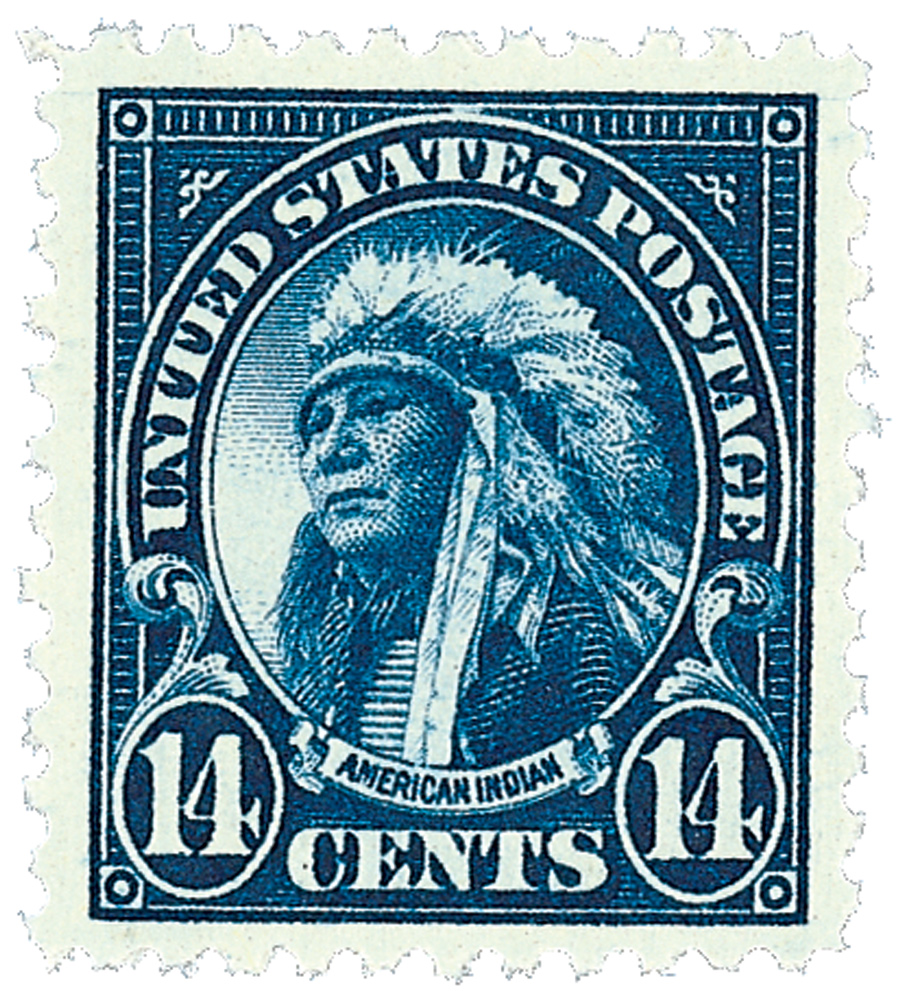
Hollow Horn Bear died on March 15, 1913. A Brulé Lakota chief, he fought during the Sioux Wars, including the Battle of Little Big Horn, and became a spokesman for his tribe.
Hollow Horn Bear’s exact birthday is unknown, but is estimated to be in March 1850. He was born in present-day Sheridan County, Nebraska. As a child, he and his mother were captured during the Battle of Ash Hollow. He participated in his first fight at the age of 12 and continued to battle as his people were pushed west, confronting miners, settlers, the US Army, and the railroad. During his life, he joined in a total of 31 battles during the Sioux Wars to prevent white settlement on his homeland.
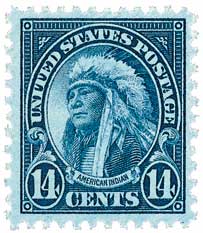
In 1874, Hollow Horn Bear began working as a scout for the US Army. Then in 1876 while he was out searching for lost horses, he went to Sitting Bull’s camps and five days later, fought in the Battle of Little Bighorn. Hollow Horn Bear claimed to have personally fought Marcus Reno and George A. Custer during the battle.
After the Lakota were forced to live in reservations, Hollow Horn Bear traveled to Washington, DC, to discuss living conditions in 1880. The following year, he was appointed head of the Rosebud Agency Indian Police in South Dakota. In that role, he arrested Crow Dog for the murder of Spotted Tail. The case went to the US Supreme Court and was the first time an Indian was tried for the murder of another Indian. The trial was a factor in the 1885 Major Crimes Act, which stated that certain crimes committed by Native Americans in Native American territory could fall under federal jurisdiction.
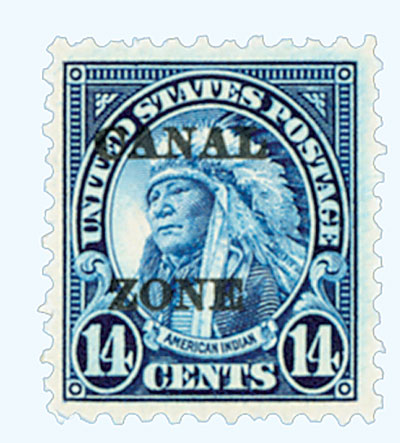
After Hollow Horn Bear retired from the police force, he became a leading spokesman for the Lakota tribe. He favored individual ownership of land by his people because he felt it would be harder for the government to take it away. Between 1890 and 1910, Hollow Horn Bear participated in several negotiations for the Lakota Sioux, pressing for housing, schools, and more. He was also present at the inaugural parades of Theodore Roosevelt and Woodrow Wilson, the Louisiana Purchase Exposition, and the dedication of the National American Indian Memorial.
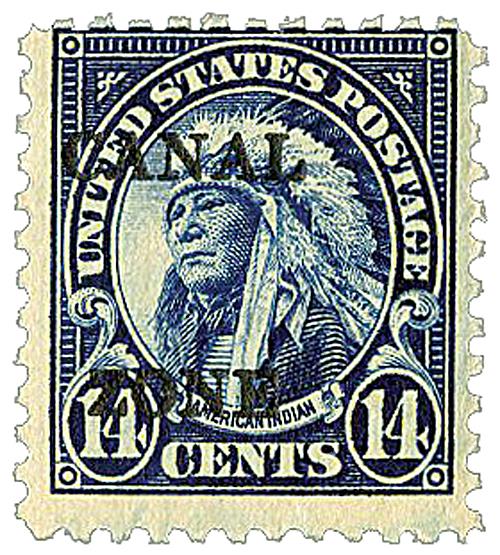
While in Washington, DC, for the dedication of the National American Indian Memorial and President Wilson’s inauguration, Hollow Horn Bear caught pneumonia and died on March 15, 1913. A massive crowd turned out for his funeral, and his body received a military escort when it was returned to the Rosebud Reservation.
In addition to appearing on two US stamps, Hollow Horn Bear was pictured on a 1970 Military Payment Certificate. It’s been suggested he may have been the inspiration for an 1899 $5 silver certificate and other currency as well. There’s also a historical marker honoring him on Route 18 in Todd County, South Dakota.
CZ77 – 1925 14¢ American Indian Overprint
Like many early Canal Zone issues, this stamp was created by overprinting an existing stamp – the 1925 14¢ deep blue American Indian stamp, U.S. #565.
Canal Zone Stamps Chronicle America’s Rise as a World Power
If you’ve never collected Canal Zone stamps before, now’s the time to start. These intriguing stamps are historic links to our nation’s past. With Mystic as your collecting partner, it’s easy to own stamps documenting this remarkable American engineering feat!
With military assistance from the United States, Panama declared its independence from Columbia on November 3, 1903. The Hay-Bunau-Varilla Treaty was negotiated, than ratified in Panama on December 2, 1903. The United States followed suit on February 23, 1904, clearing the way for a long-anticipated canal project across the Panama isthmus.
Almost immediately, administrators began preparations for the tremendous influx of people who would eventually assemble to work on the project. Faced with the knowledge that most of the work force would be imported to the region from America and Caribbean countries, authorities quickly established a postal service to serve their needs as well as those of the Canal Commission.
On June 24, 1904, postal service was established as part of the U.S. Department of Revenue under the supervision of the Treasurer of the Canal Zone, Paymaster E.C. Tobey. On this day, post offices were opened in Ancon, Cristóbal, Gatun, Culebra, and Balboa. Railroad station agents operated as postmasters.
A small supply of 2¢, 5¢, and 10¢ Panama stamps were overprinted “Canal Zone.â€Â Only ordinary mail was handled by the Canal Zone postal system. Mail destined for Central and South America and the West Indies was turned over to the Panama postal service to be forwarded, while mail sent to the United States and its territories and possessions were sent to the U.S. aboard vessels departing for New York.Â
Overprinted Panama stamps were in use for less than a month. On July 18, 1904, they were replaced by U.S. postage stamps overprinted “Canal Zone.â€
In December of 1904, Secretary of War William Taft ordered the overprinted U.S. stamps to be withdrawn, and replaced them with overprinted Panama stamps. Taft’s executive order was reversed in 1924, when overprinted U.S. stamps were placed in use again.
On October 1, 1928, the first permanent issue Canal Zone stamp was issued. The 2¢ stamp featured Lt. Col. George W. Goethal, the Canal project’s chief engineer and first Canal Zone governor.
In 1929, the first Canal Zone Airmail stamp was issued and in 1941, a series of Officials were produced.  On October 25, 1978, the last Canal Zone stamp was issued.
Death of Hollow Horn Bear
Â

Hollow Horn Bear died on March 15, 1913. A Brulé Lakota chief, he fought during the Sioux Wars, including the Battle of Little Big Horn, and became a spokesman for his tribe.
Hollow Horn Bear’s exact birthday is unknown, but is estimated to be in March 1850. He was born in present-day Sheridan County, Nebraska. As a child, he and his mother were captured during the Battle of Ash Hollow. He participated in his first fight at the age of 12 and continued to battle as his people were pushed west, confronting miners, settlers, the US Army, and the railroad. During his life, he joined in a total of 31 battles during the Sioux Wars to prevent white settlement on his homeland.

In 1874, Hollow Horn Bear began working as a scout for the US Army. Then in 1876 while he was out searching for lost horses, he went to Sitting Bull’s camps and five days later, fought in the Battle of Little Bighorn. Hollow Horn Bear claimed to have personally fought Marcus Reno and George A. Custer during the battle.
After the Lakota were forced to live in reservations, Hollow Horn Bear traveled to Washington, DC, to discuss living conditions in 1880. The following year, he was appointed head of the Rosebud Agency Indian Police in South Dakota. In that role, he arrested Crow Dog for the murder of Spotted Tail. The case went to the US Supreme Court and was the first time an Indian was tried for the murder of another Indian. The trial was a factor in the 1885 Major Crimes Act, which stated that certain crimes committed by Native Americans in Native American territory could fall under federal jurisdiction.

After Hollow Horn Bear retired from the police force, he became a leading spokesman for the Lakota tribe. He favored individual ownership of land by his people because he felt it would be harder for the government to take it away. Between 1890 and 1910, Hollow Horn Bear participated in several negotiations for the Lakota Sioux, pressing for housing, schools, and more. He was also present at the inaugural parades of Theodore Roosevelt and Woodrow Wilson, the Louisiana Purchase Exposition, and the dedication of the National American Indian Memorial.

While in Washington, DC, for the dedication of the National American Indian Memorial and President Wilson’s inauguration, Hollow Horn Bear caught pneumonia and died on March 15, 1913. A massive crowd turned out for his funeral, and his body received a military escort when it was returned to the Rosebud Reservation.
In addition to appearing on two US stamps, Hollow Horn Bear was pictured on a 1970 Military Payment Certificate. It’s been suggested he may have been the inspiration for an 1899 $5 silver certificate and other currency as well. There’s also a historical marker honoring him on Route 18 in Todd County, South Dakota.



